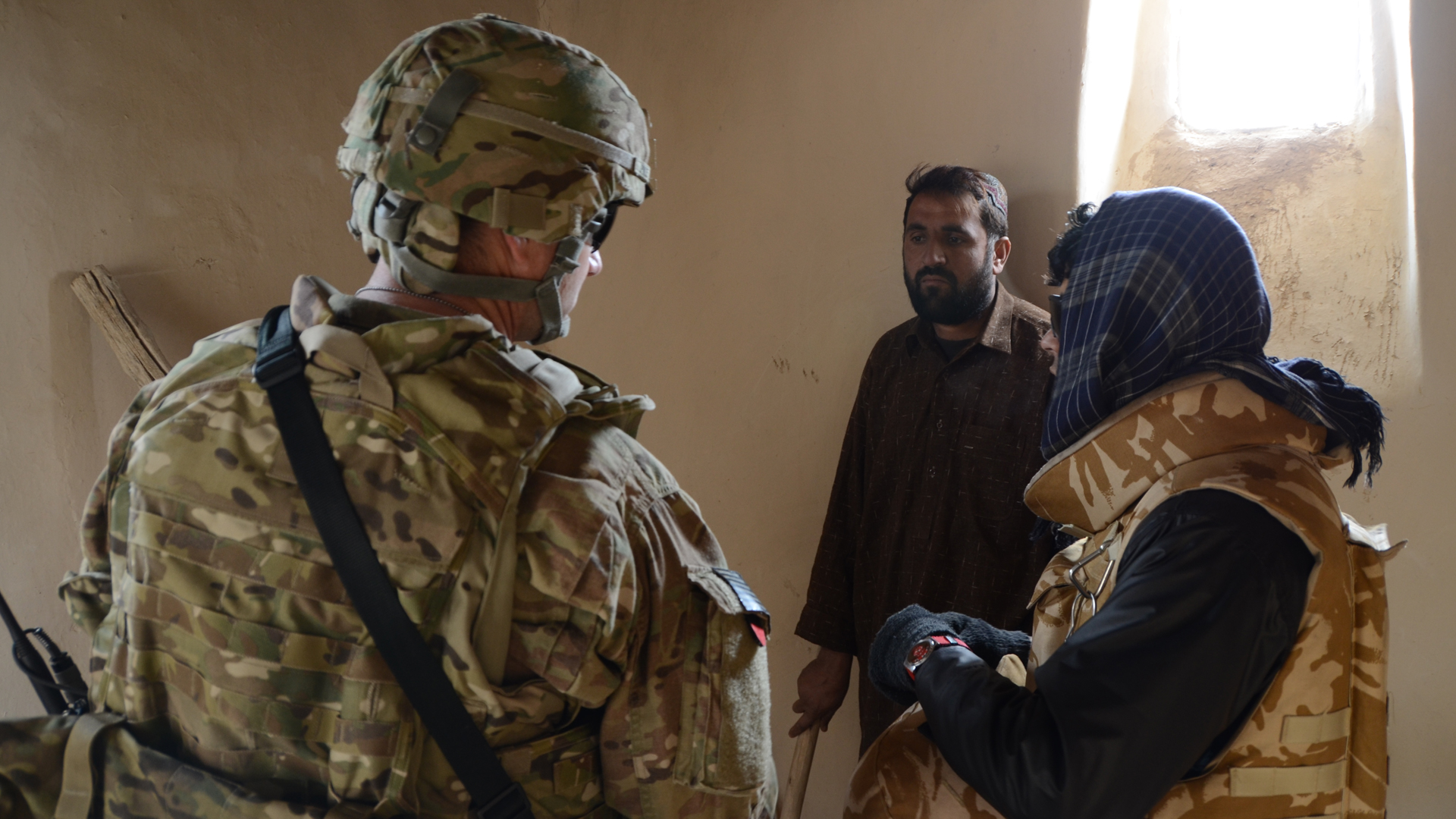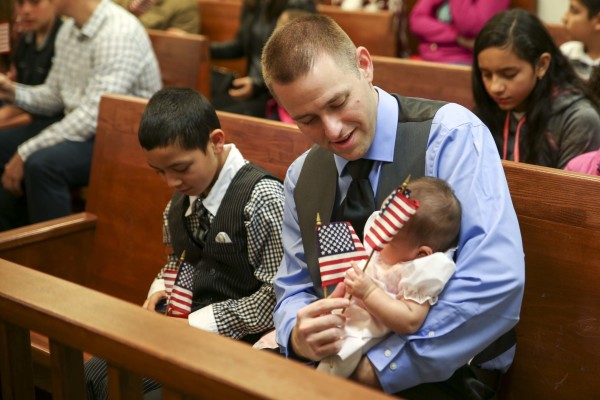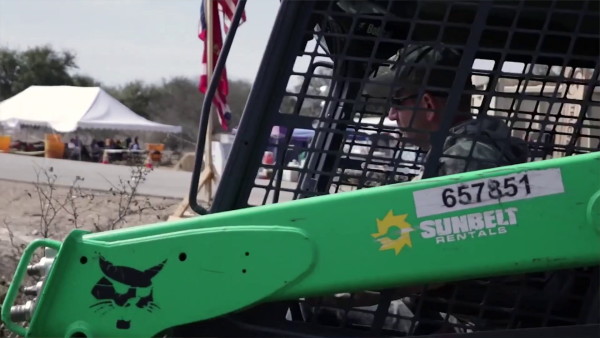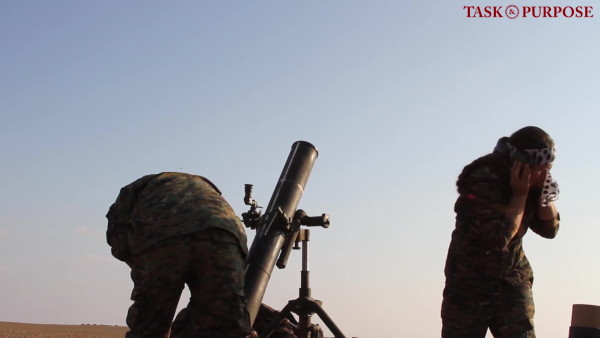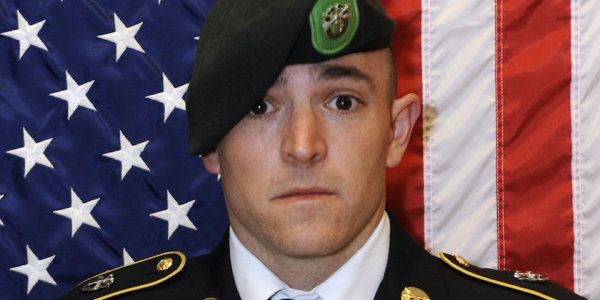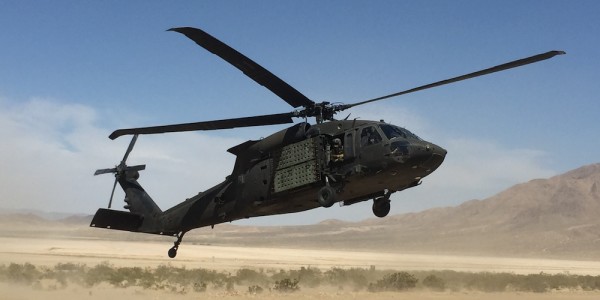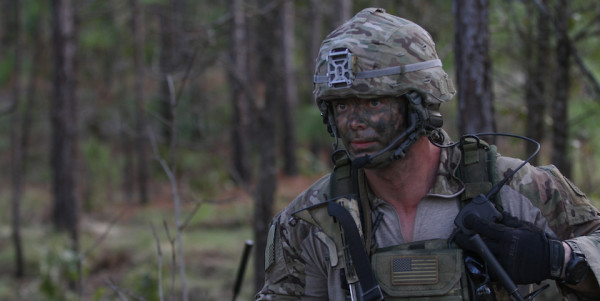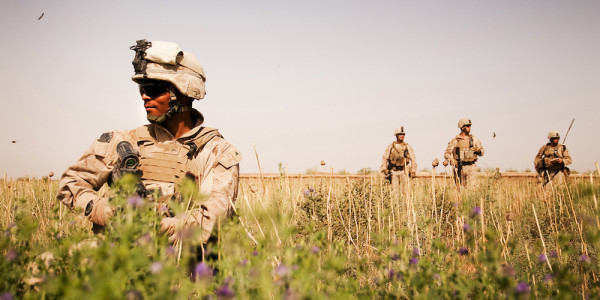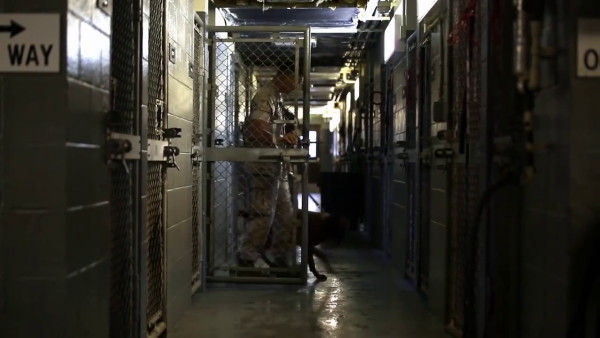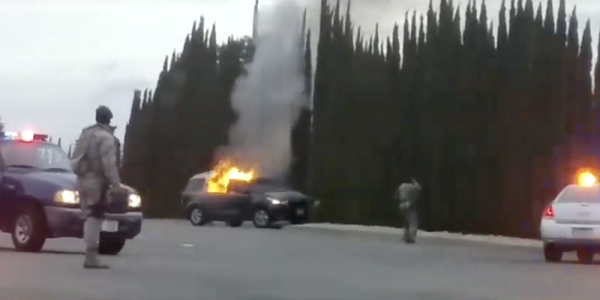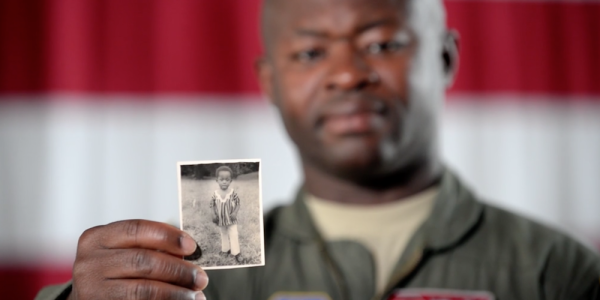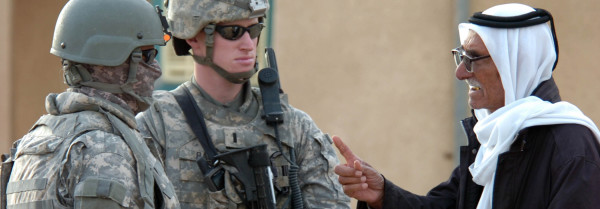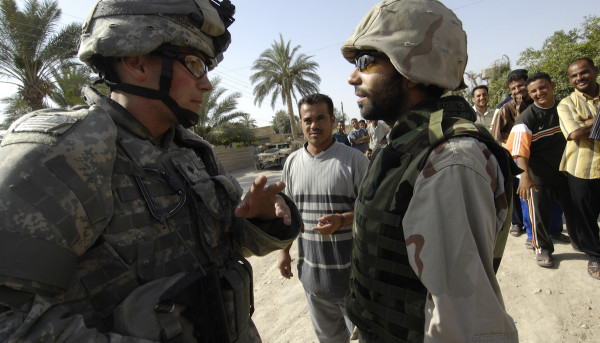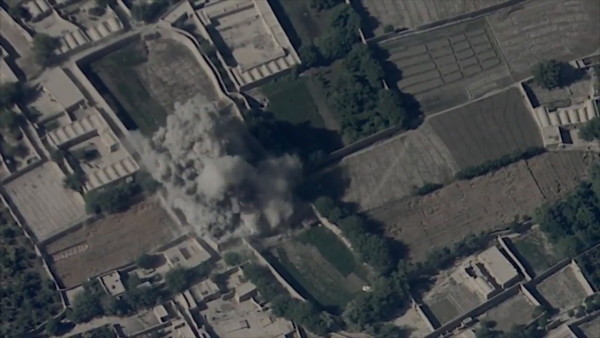The first group of Afghan interpreters and their families arriving in the United States will be housed at Fort Lee, an Army post in Virginia.
Roughly 2,500 Afghans are expected to be lodged at Fort Lee, State Department spokesman Ned Price confirmed on Monday. It remains unclear when the interpreters and their families would arrive at the Army post. Fort Lee did not immediately respond to requests for comment.
Approximately 18,000 Afghans who worked for the U.S. government have applied for Special Immigrant Visas, but it can take years to be approved for such a visa and applicants can be denied for minor errors, such as one Afghan interpreter who has been unable to move forward in the process because his former supervisor failed to put the date and time next to his signature on a letter of recommendation.
Price said Fort Lee will be the “initial relocation site for the pool of applicants who are closest to completing special immigrant processing.”
“These are brave Afghans and their families, as we have said, whose service to the United States has been certified by the embassy in Kabul and who have completed thorough SIV security vetting processes,” he said. “They will be provided temporary housing and services as they complete the final steps in the special immigrant process.”
Price added that the total number of evacuees going to Fort Lee includes 700 Afghan SIV applicants and their immediate family members. He declined to provide details about how they were being flown to Fort Lee, citing security concerns.
The Biden administration announced last week that it would begin moving vulnerable Afghans who have worked with the U.S. military and their families outside of the country while their applications are being processed as part of Operation Allies Refuge. Evacuation flights are expected to begin later this month; CNN reported the first flights to Fort Lee could happen “as early as this week.”
Fort Lee, located in Central Virginia, is the third-largest training site in the Army and home to the Combined Arms Support Command and the Army’s Logistics University, Ordnance School, Quartermaster School, and Transportation School. It has a population of roughly 27,000 service members, civilians, and their families.
The Afghans who arrive at Fort Lee will stay in existing housing and are only expected to stay for a “several days,” Pentagon spokesman John Kirby told reporters on Monday. The State Department had requested that the U.S. military provide housing for the Afghans that is appropriate for both individuals and families.
“I couldn’t tell you exactly what barracks or dorms or family housing that’s going to be used – that’s really up to leaders at Fort Lee to determine what’s available,” Kirby said at a Pentagon news briefing. “But as I understand it: It is a mix of both dorm room-like facilities, barracks facilities for individual – or single – soldiers, that kind of thing as well as potentially some family housing units as well for whole families.”
While Kirby did not say exactly why the Defense Department selected Fort Lee to host the first group of Afghan interpreters and their families, “It just made a lot of sense for a lot of different reasons.”
A portion of the Afghans coming to the United States could be lodged at other stateside military bases if needed, he said.
“We’re still working our way through exactly how we’re going to meet this request for assistance,” Kirby said. “Fort Lee is the initial site that’s been recommended. It is possible that others might follow, depending on the flow – not just the numbers – but how fast they arrive in the United States and our ability to accommodate them.”
The administration has been working to nail down details about where the Afghans would go and has considered relocating them to overseas military installations, U.S. territories, or other countries willing to take them in.
The evacuation has been top-of-mind as the U.S. military has withdrawn most of its forces from Afghanistan, which leaves Afghans who have worked with the U.S. in danger of being targeted by the Taliban.
Naveed Mustafa, a former interpreter who attended Ranger School and the Defense Language Institute English Language Center, said there will be no place for him and other Afghans who helped the United States if the Taliban take power.
“We request the Americans: We were the people to enable your missions and fought very hard shoulder to shoulder with you guys against the common enemy – don’t [leave] us behind,” he told Task & Purpose.
Since May, the Taliban has launched a lightning offensive and now the Afghan government only controls about 20% of the country, according to Bill Roggio, a senior fellow with the Foundation for Defense of Democracies think tank in Washington, D.C.
The Taliban has revealed it will show no mercy if it defeats the Afghan government. Recent video showed Taliban fighters executing 22 Afghan special operations commandos after they had surrendered.
A former Army captain told Task & Purpose that his interpreter is a “dead man walking” after the Taliban put a death notice on his door and burned down his home.
It’s still unclear how the U.S. will move other interpreters and their families, who are not as far along in the SIV process, out of the country or where they will go. Rep Seth Moulton (D-Mass.) has told Task & Purpose the U.S. government expects that roughly 70,000 Afghans need to be rescued.
More great stories on Task & Purpose
- Tucker Carlson keeps showing that he doesn’t understand the US military
- The Navy SEAL who shot Bin Laden is hyping a new brewing company. We tried their beer so you don’t have to
- Marines ordered to take official photos for no logical reason whatsoever
- ‘Failure of leadership’ — What one Marine’s discharge reveals about the military justice system
- Afghan interpreter who aided US troops may be condemned to die because of a paperwork error
- Airmen and vets divided over new study showing Air Force anti-beard policy damages careers
